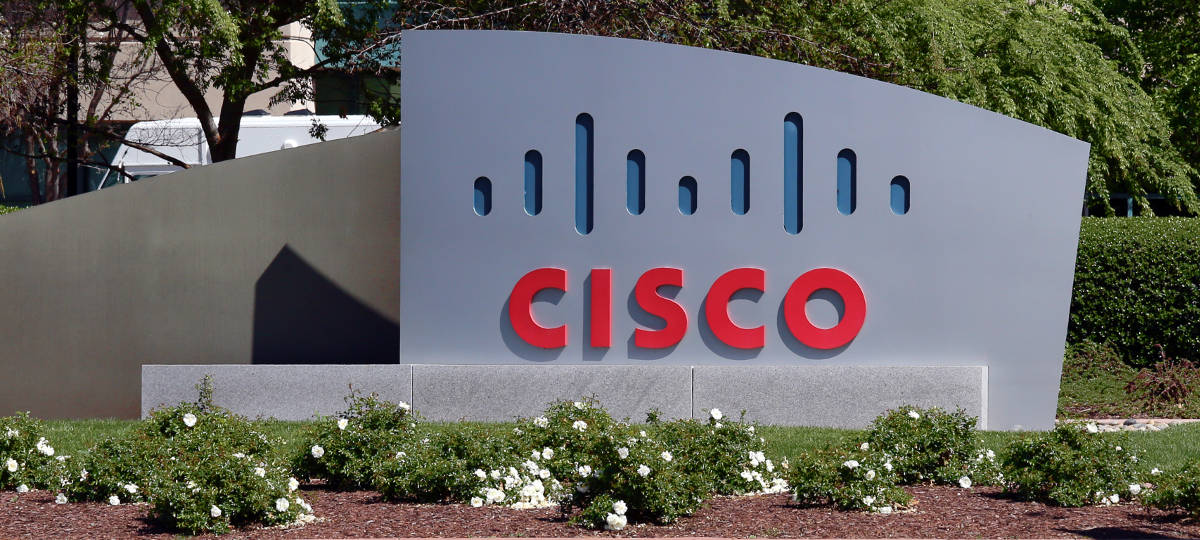The MEF (www.mef.net) is pleased to announce the publication of the milestone Ethernet Interconnect Point (EIP) ENNI Implementation Agreement – MEF 54. This Implementation Agreement (IA) is designed to streamline the interconnection of operator networks to support end-to-end Carrier Ethernet (CE) services. The IA provides practical guidance so operators can evolve their networks to meet full CE 2.0 E-Access interconnection capabilities. The IA gives operators the steps involved to create these new interconnections either all at once or in a series of steps. The IA represents the completion of Phase 1 of the MEF EIP project.
“The purpose of the EIP project is to produce a series of implementation agreements/ guidelines to create a more efficient marketplace of interconnected operators offering standardized CE 2.0 services that interoperate effectively over two or more networks,” said Nan Chen, President of the MEF. “EIP progress is key to future industry growth and innovation because widely deployed and interconnected CE 2.0 networking fabrics will form the foundation upon which to build agile, assured, and orchestrated Third Network services.”
“More than a dozen MEF member companies participated in Phase 1 of the EIP project that included Rapid Prototype testing at the University of New Hampshire’s Interoperability Lab,” said Chen. “We want to thank these companies for contributing to move the industry forward: AT&T, Verizon, Windstream, CenturyLink, Frontier, TelePacific, Accedian, Alcatel-Lucent (Nokia), Canoga Perkins, Ciena, Cisco, Juniper, RAD, and Veryx Technologies.”
On a Journey to Standardized ENNI Interconnections
The global Carrier Ethernet services market is ~$50 billion and growing steadily, but the MEF saw that operators were challenged to interconnect their networks in a consistent and easily replicable manner. Although the MEF has created multiple specifications (including MEF 33) to pave the way toward standardized “plug-and-play” CE 2.0 interconnections, most operators still use non-standard, custom-built, network-to-network interconnections (NNIs) that are slow and costly to set up. The MEF surveyed its operator community to understand why the market was not moving towards standardization faster and uncovered key obstacles that needed to be addressed. This spawned the creation of the EIP project: an assembly of large operators under one roof, in a test-bed environment, focused on resolving obstacles together.
“Our goal is to enable operators to make informed decisions and take the next step on their journey toward standardized interconnects,” said Dan Blemings, Director of Ethernet Product Management, AT&T Mobile and Business Solutions. “A growing community of operators using efficient and scalable Ethernet interconnections will cut provisioning times, eliminate the need for operators to certify each other, and make it easier to deliver CE 2.0 services to more locations outside their own footprints.”
Phases Of EIP Work
The MEF, recognizing that many operators around the world currently may not be in a good position to implement all of the capabilities of standard interconnections, has split the EIP project into multiple phases. Each phase of the EIP project will use a Rapid Prototyping model to validate and refine an initial set of use cases, service attribute specifications, and test cases.
Phase 1 of the project (announced today as MEF 54) included the most basic interconnection possible: an Ethernet Private Line created using two E-Access EPL services from different operators with an ENNI interconnect between them.
Phase 2 – which currently is in progress – will add test cases with greater complexity and new use cases focused on EVPL and E-Transit (EPL and EVPL). Additional considerations include color awareness, Class of Service, end-to-end service OAM, and LSO (Lifecycle Service Orchestration).
Jeff Brown, Director of Marketing & Product Management, Windstream
“Phase 1 of the EIP resulted in meaningful best practices for Ethernet service providers to use when establishing interconnections with each other, particularly as it relates to the treatment of tag protocol identifiers, or TPIDs. We look forward to working with the other network operators and equipment vendors to continue to drive the value proposition of the EIP as we tackle EVPL and E-Transit in the Phase 2 Rapid Prototyping”.
Bruce Eldridge, Principal Architect, CenturyLink Business, CenturyLink: “The initial phase of the MEF EIP project has brought CenturyLink together in collaboration with other operators and has provided preliminary results that, in the end, will benefit CenturyLink and other operators when selling and purchasing Ethernet access services used for MEF EPL service creation. CenturyLink anticipates that the IA framework of interoperability will enhance serviceability, service functionality, product development, ordering and operating efficiencies related to provisioning multi-provider Ethernet services. CenturyLink is looking forward to the results of additional phases of the MEF EIP project that will integrate and align the EIP project phases with other MEF projects that further the adoption of Ethernet services.”
Lisa Partridge, Senior Manager Data Market Management, Frontier Communications: “Through our continued evolution and growth, we recognized early on how imperative this Implementation Agreement would become. Particularly when you look at the current TDM landscape and realize the magnitude of transitioning to Ethernet, followed by IP, and all of the nuances associated, it is extremely paramount that your back office is positioned to withstand such a significant shift. This IA will aid in that shift.”
Dave Zahn, Senior Vice President Marketing, TelePacific: “TelePacific’s Ethernet Ecosystem is critical to both our customers’ and our own growth. Working with the MEF and our fellow MEF carrier and equipment manufacturer members is exciting and rewarding. The EIP initiative allows TelePacific to help pave the way for agile, assured and orchestrated standards that enable the advanced end-to-end services today’s businesses depend on in order to grow. EIP is a careful and rigorous effort in standards development to deliver the next-generation environment that our unified communications, data networking and managed services solutions need to meet our customers’ rapidly evolving requirements across multiple carrier networks.”
Tim Sheehan, Technical Manager, University of New Hampshire Interoperability Lab: “The University of New Hampshire’s Interoperability Laboratory is pleased to be working with the MEF and its members to perform ENNI interconnection testing, help overcome obstacles that impede market efficiency, and foster global adoption of standardized Carrier Ethernet services.”
About the MEF















